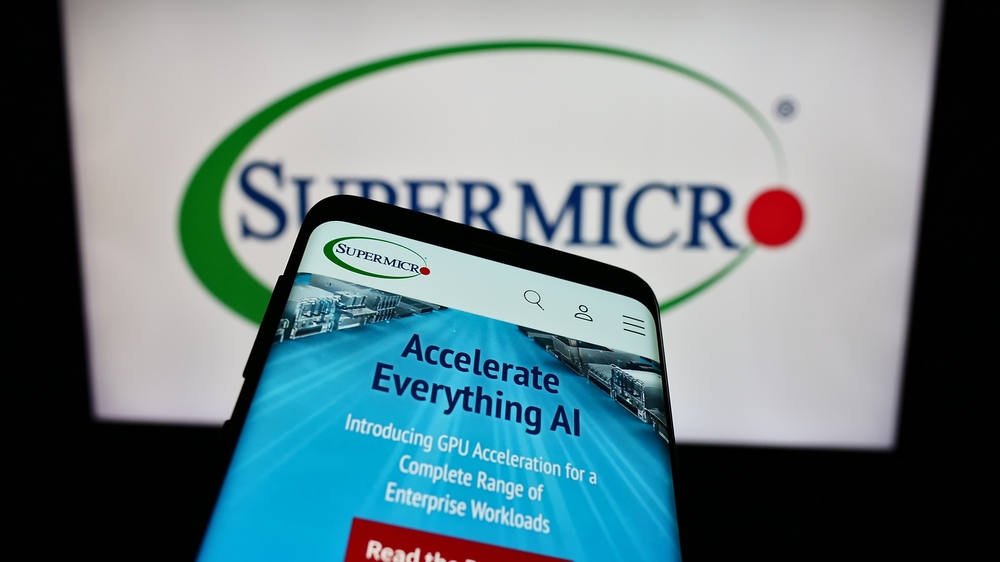
Super Micro Computer (SMCI) stock fell Friday after analysts at Citigroup and Mizuho raised their price targets, citing strong AI server demand.
That’s because a closer look at those upgrades shows they came with a warning.
Citigroup boosted its target by 40% to $52, pointing to Super Micro’s ability to meet surging demand for AI infrastructure. Yet the firm held its “Neutral” rating and stopped short of a “Buy.”
“We remain concerned on margins given increased momentum and competitive efforts by Dell and HPE, which we believe will temper margin expansion expectations,” Citi analysts wrote.
Mizuho set a slightly lower target of $47 and also reiterated its neutral stance.
Despite the concerns about competition, Citi still expects a solid Q2 earnings report early next month. It forecasts revenue of $6.07 billion (up 13.4% year-over-year) and earnings per share of $0.45.
Super Micro is coming off a strong Q1, reporting $7.02 billion in revenue, but its forward guidance underwhelmed, largely due to tariff risks.
Super Micro ramps up global AI manufacturing
Super Micro is now doubling down on expanding in key AI markets, with Europe at the top of the list.
In a recent CNBC interview, CEO Charles Liang said the company plans to grow its manufacturing footprint beyond its current site in the Netherlands.
“The demand in Europe is growing very fast,” Liang said, noting that Super Micro is planning more investment in European manufacturing.
The company is also scaling up operations in Asia, with new facilities coming online in Taiwan and Malaysia later this year.
And in the U.S., Super Micro expanded capacity in Silicon Valley last year to meet demand for liquid-cooled data centers, which power AI and high-performance computing.
“Many data center owners are looking for electricity-saving Direct Liquid-Cooled Solutions,” Liang said.
According to company projections, liquid-cooled data centers could make up 15% to 30% of installations within two years, marking a massive jump from under 1% historically.
Your email address will not be published. Required fields are markedmarked